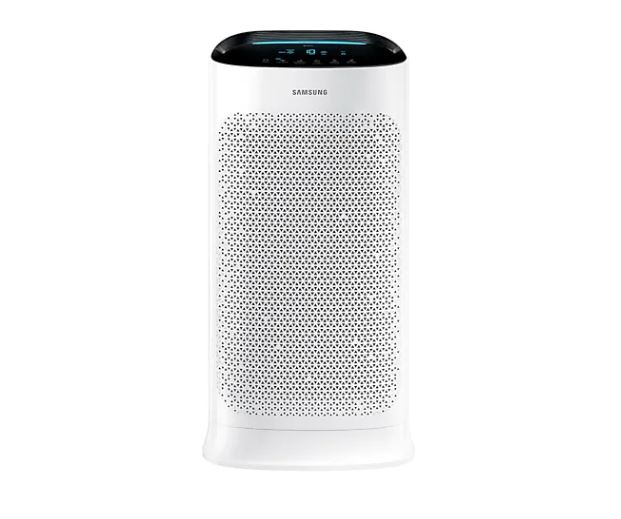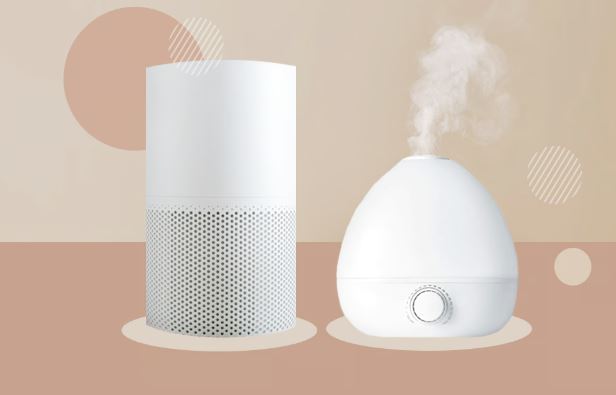Best Air Purifiers for Cars: Breathe Easy on the Go
Best Air Purifiers for Cars: Breathe Easy on the Go
Blog Article
In today's health-focused society, the quality of the air we breathe has become an increasingly important consideration for individuals across the globe. With growing concerns over air pollution and a better understanding of the effects of indoor pollutants on our health, it's no surprise that the air purifier industry is experiencing tremendous growth.
Air purifiers are machines that remove contaminants from the air in a room, improving indoor air quality. They are particularly beneficial for individuals suffering from allergies, asthma, and respiratory conditions as they can drastically decrease the levels of allergens, pollutants, and irritants in the air. For those without respiratory concerns can take advantage of air purifiers, as they provide reassurance and safeguard against airborne diseases.
This guide will explore in detail the intriguing world of air purification, examining their advantages, the different types available, key considerations when making a purchasing decision, and maximizing your air purifier's potential. By the end, you should have a thorough grasp of air purifiers and be able to make an informed decision about whether investing in one is the smart move for your household.

Decoding Air Pollutants and Their Influence on Health
To appreciate the value of air purifiers, it's essential to grasp the types of pollutants they target and the potential consequences of prolonged exposure.
Indoor air pollutants can be broadly categorized into three main types:
- Particulate Matter: This includes solid particles and liquid droplets suspended in the air. Examples include dust, smoke, pollen, pet dander, mold spores, and more. Particulate matter can cause respiratory issues and trigger allergic reactions.
- Volatile Organic Compounds (VOCs): VOCs are gases emitted from various solids or liquids. Sources of VOCs include paints, cleaning products, aerosol sprays, and pesticides. Exposure to VOCs can lead to eye, nose, and throat irritation, headaches, and nausea.
- Understanding Biological Contaminants: These include microbes such as bacteria, viruses, mold spores, and mildew. They can cause a variety of health problems, from minor allergies to serious infections.
The consequences of exposure on human health can differ considerably. For those suffering from respiratory ailments or weakened immune systems, exposure to indoor air pollutants can lead to severe complications. For those in good health, chronic exposure to certain pollutants can increase the risk of respiratory conditions and other health concerns over time.

Unraveling Air Purification Technology
Air purifiers use a variety of physical and chemical processes to effectively eliminate contaminants. Understanding the basic mechanisms employed by purifiers will help you grasp how they work and the variety of options on the market.
Here are the primary mechanisms and innovations used in air purifiers:
- Mechanical Filtration: This is the most widely used approach used in air purifiers. It involves using specialized filters to capture particles as air is forced through the purifier. The filtration media varies, each designed to trap particular particle types. For example:
- Initial Defense: Pre-filters: These are usually the first line of defense, trapping bigger contaminants like dust and hair.
- HEPA (High-Efficiency Particulate Air) filters: HEPA filters are remarkably proficient at trapping tiny particles, including bacteria, viruses, pollen, and dust mites. To be labeled a genuine HEPA filter, it must capture at least 99.97% of particles as small as 0.3 microns.
- charcoal filtration: These filters are designed to effectively remove odors, VOCs, and gaseous compounds.
- Ionizers: Charging Ahead: Ionizers use electrical charges to create an abundance of negative ions, which attach themselves to particles in the air. The particles become charged, causing them to stick to surfaces or the purifier.
- Ozone Generators: Some air purifiers use ozone as a powerful cleaning agent. While effective, ozone can also be harmful to human health so these types of purifiers should be used with care and only when no one is present.
- UV Light: Shining a Light on Purification: UV light can be used to destroy biological contaminants like bacteria, viruses, and mold spores. UV light is commonly paired with filtration to capture particles first, followed by UV light to neutralize any remaining biological threats.
Selecting the Perfect Purifier
With a wide array of options available, selecting the ideal air purification system can be a daunting task. It's important to consider several factors to ensure you make the right choice for your unique requirements and space.
Here are some essential factors to weigh:
- Considering Room Size: Air purifiers are typically designed for specific areas, so it's important to choose a model that can efficiently purify the air in the designated space. Most purifiers will list a suggested room size or CADR rating, which indicates the rate at which it can deliver clean air.
- Understanding Contaminants: Identify the types of pollutants you want to target. If you suffer from allergies, look for a purifier with a true HEPA filter. For reducing unwanted smells, consider a model with a carbon-based filter. If you're concerned about viral and bacterial threats, a purifier with UV-C light might be best.
- Noise Level: Air purifiers can produce varying levels of noise, so if you plan to use it in a serene environment, look for models with a quiet mode for undisturbed rest.
- Long-term Considerations: Consider the long-term expenses and upkeep of the purifier. HEPA filters generally require replacement every 6 to 12 months, depending on use and environmental factors. Remember to budget for filter replacements when making your choice.
- Smart Innovations: Many purifiers offer smart features like air quality sensors, automatic modes, and Wi-Fi connectivity, allowing wireless control and real-time data. These features can improve your purifier's performance and ease of use.
Maximizing the Benefits of Your Air Purifier
Once you've invested in an air purifier and set it up, there are several things you can do to ensure it operates at optimal levels and delivers the maximum benefits:
- Optimal Placement: Position your purifier in an open area, away from walls and furniture, to ensure effective airflow. Avoid placing it near windows or doors as drafts can impact its efficiency.
- Consistent Use: For the best results, it's recommended to run your purifier continuously. Many models have low-energy settings or automatic modes that adapt to the air quality, so you can maintain clean air without running up a huge energy bill.
- Maintain the Filters: Regularly adhere to the recommended filter replacement schedule. Over time, filters become clogged with particles, reducing the purifier's efficiency. Schedule filter replacements so you don't forget.
- Reducing Indoor Contaminants: Alongside using an air purifier, take steps to minimize indoor air pollutants. This could include regularly vacuuming and dusting, using natural cleaning products, and minimizing the use of strong chemicals or aerosols. Report this page